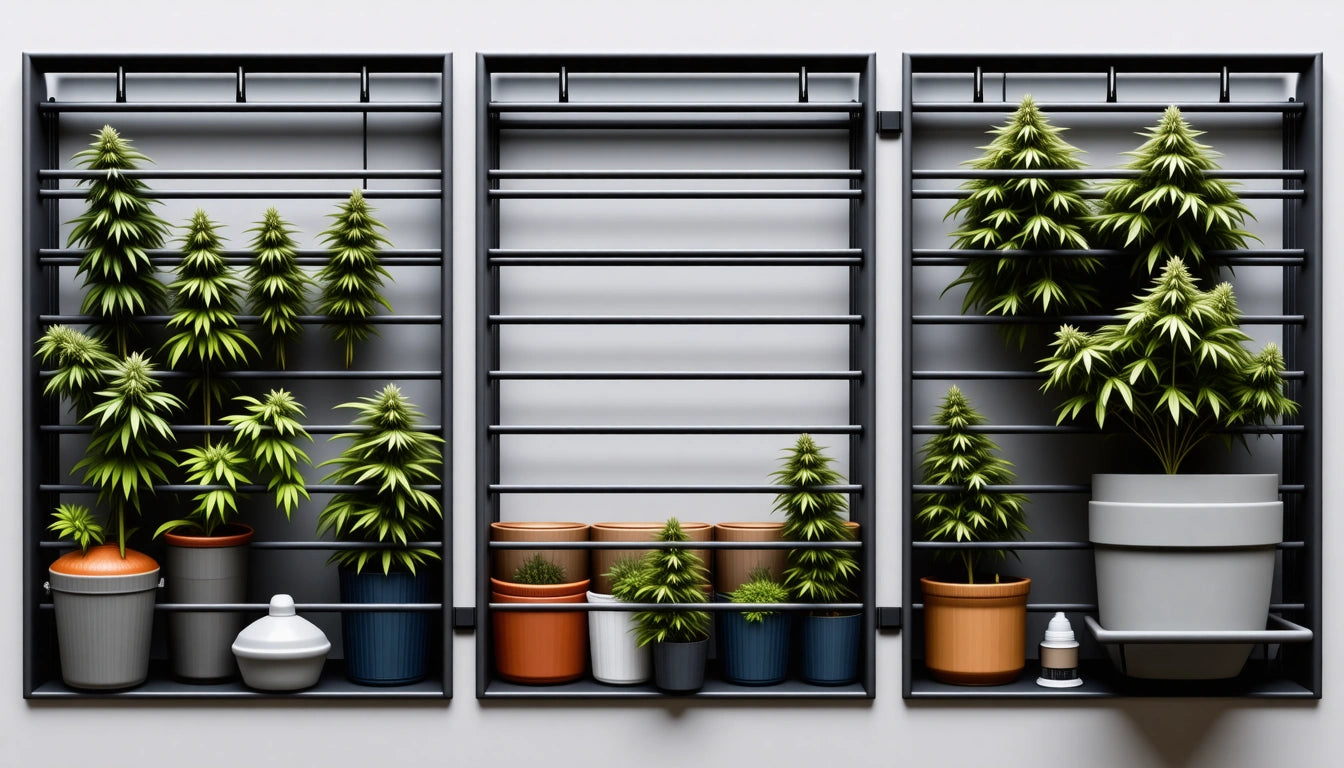Understanding Cannabis-Related Incarceration Rates in the U.S.
Despite changing attitudes and laws surrounding cannabis use in America, thousands of individuals remain behind bars for marijuana-related offenses. Understanding exactly how many people are in prison for weed requires examining complex data across federal, state, and local jurisdictions, while acknowledging the significant disparities in enforcement and sentencing.
Current Cannabis Incarceration Statistics
According to recent data, approximately 40,000 people are currently incarcerated primarily for cannabis-related offenses in the United States. This represents about 1.5% of the total U.S. prison and jail population of roughly 2.3 million people. While this percentage may seem small, it translates to tens of thousands of lives disrupted by incarceration for a substance that is now legal for medical or recreational use in a majority of states.
The broader context of how many people are in jail across all offenses helps frame the significance of these numbers. Drug offenses as a whole account for nearly 400,000 people in prisons and jails, with cannabis representing a notable subset of these cases.
Federal vs. State Level Imprisonment
The distribution of cannabis prisoners varies significantly between federal and state systems:
- Federal prisons hold approximately 2,700 individuals whose primary offense is marijuana-related
- State prisons and local jails contain the majority of people incarcerated for cannabis, estimated at over 35,000 individuals
- Sentencing lengths vary dramatically, from months for simple possession to decades for distribution charges
According to U.S. prison system statistics, the federal system tends to focus on trafficking and distribution cases, while state and local jurisdictions handle a wider range of offenses, including simple possession charges.
Racial Disparities in Cannabis Arrests
One of the most troubling aspects of cannabis enforcement is the stark racial disparity in arrest and incarceration rates. Black Americans are approximately 3.73 times more likely to be arrested for marijuana possession than white Americans, despite similar usage rates across racial groups.
This disparity extends to sentencing and incarceration. Of the total number of people incarcerated for weed, a disproportionate percentage are people of color. These statistics highlight how cannabis enforcement has not been applied equally across communities.
For those involved in the cannabis industry, understanding these disparities is crucial. Businesses often need precise measurement tools for compliance with state regulations, while many individuals continue facing legal consequences for similar activities in prohibition states.
Impact of Legalization on Incarceration Rates
States that have legalized recreational or medical cannabis have seen significant changes in incarceration patterns:
Decreases in New Arrests
In states with legal cannabis, new arrests for marijuana possession have dropped dramatically, by up to 94% in some jurisdictions. This represents thousands of people who would have otherwise entered the criminal justice system.
Existing Sentences
The impact on those already serving sentences for marijuana offenses varies widely by state. Some jurisdictions have implemented retroactive resentencing or expungement programs, while others maintain pre-legalization sentences despite policy changes.
According to data on marijuana-related legal consequences, the patchwork approach to addressing existing sentences has created a situation where incarceration status may depend more on geography than on the offense itself.
Probation and Alternative Sentencing
Beyond those directly incarcerated, a much larger number of individuals are under criminal justice supervision for cannabis offenses through probation or parole. Current estimates suggest that of the approximately 3.6 million people on probation in the U.S., roughly 10% involve marijuana-related offenses to some degree.
These alternative sentences still impose significant restrictions on freedom and often include:
- Regular drug testing
- Movement restrictions
- Employment limitations
- Financial obligations including fines and supervision fees
For many, these requirements create cycles of reincarceration for technical violations rather than new crimes. Understanding felony charges for marijuana possession provides context for how these supervision requirements impact individuals' lives.
Paths Toward Cannabis Criminal Justice Reform
As public opinion continues shifting toward cannabis acceptance, several approaches to addressing incarceration rates have gained traction:
- Federal decriminalization or legalization legislation
- Expansion of state-level clemency and expungement programs
- Prosecutorial discretion policies in non-legal states
- Sentencing reform for non-violent drug offenses
These efforts acknowledge the changing landscape of cannabis regulation while addressing the human cost of past enforcement. The contrast between thriving legal cannabis industries and ongoing incarceration for the same substance represents one of the most visible policy contradictions in contemporary American society.
As the legal status of cannabis continues evolving, understanding the full scope of how many people are in prison for weed remains essential for informed policy discussions and meaningful reform efforts.











Leave a comment
All comments are moderated before being published.
This site is protected by hCaptcha and the hCaptcha Privacy Policy and Terms of Service apply.